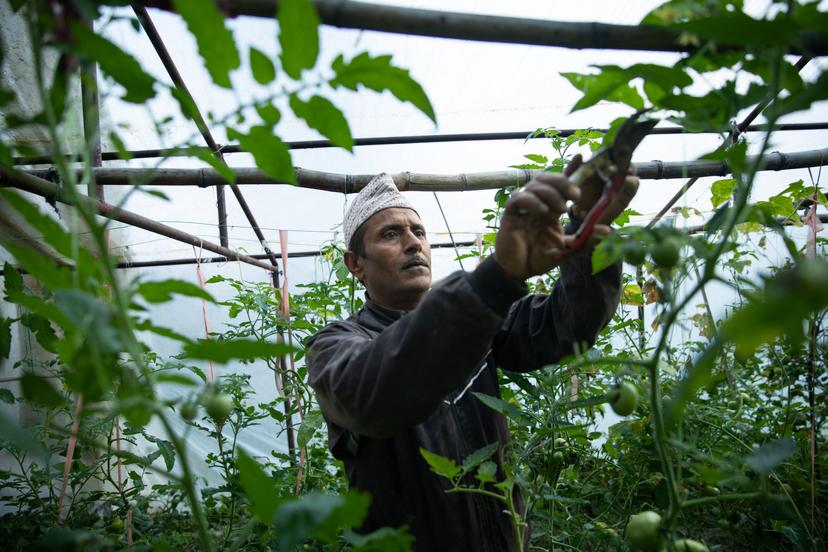Finland
The school meals system plays an essential role in Finland’s educational system. Equal access to education and free-of-charge school meals has been one of the key factors in supporting economic growth and transforming Finland into a knowledge-based society. For more than 75 years, Finland has been offering school meals for all students – the longest-running free-of-charge school feeding programme in the world which is funded with the government and municipal taxes. The funds for operating costs are disbursed directly to the education providers. The financial resources are not earmarked to the allocation or imputation bases; instead, the local authority or other education provider is free to decide how to allocate the funds. click here to learn more
School Meals
Number of pre-primary, primary and secondary school children receiving school meal
Enrolment
Children enrolled in primary schools in Finland
Jobs
Jobs created as a result of school feeding
Funding
Annual financial investment in school meals
Policy Frameworks
Has Finland adopted a school meals policy?
Complementary Activities
Implemented in conjunction with school meals
SDG4
Proportion of school-attending children receiving school meals (coverage).
Coming Soon
Emerging Research on School Health and Nutrition

Value for money
This indicator aims to quantify the returns of national school meal programmes across multiple sectors, including education, health, social protection, and agriculture. The economic methodology and analyses build upon the global model previously developed jointly by World Food Programme, Harvard T.H. Chan School of Public Health, and the Research Consortium for School Health and Nutrition. The study is currently being finalised in eight African countries that is, Malawi, Niger, Cote D’Ivoire, Ethiopia, Burundi, Namibia, Sierra Leone, and Mozambique.

BOND-KIDS
Biomarkers of Nutrition for Development-Knowledge Indicating Dietary Sufficiency (BOND-KIDS)
School-age (between 5 and 19 years) represents a range of critical stages in both physical and neurological development. Each developmental stage is nutritionally sensitive and demands food security, ensuring stable access to and availability of a high-quality diet to meet nutritional requirements. The BOND programme, an international collaboration led by the Paediatric Growth and Nutrition Branch of the US Department of Health and Human Services, began in 2010 with a focus on discovery, development, and implementation of reliable and valid biomarkers to assess nutrient exposure, status, function, and effect. The BOND-KIDS project continues the effort to understand and harmonize biomarkers with a focus on school-age children, to address a range of issues impacting the domestic and global food and nutrition enterprise, including food insecurity.

